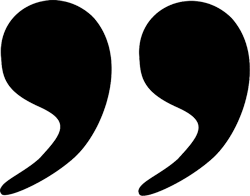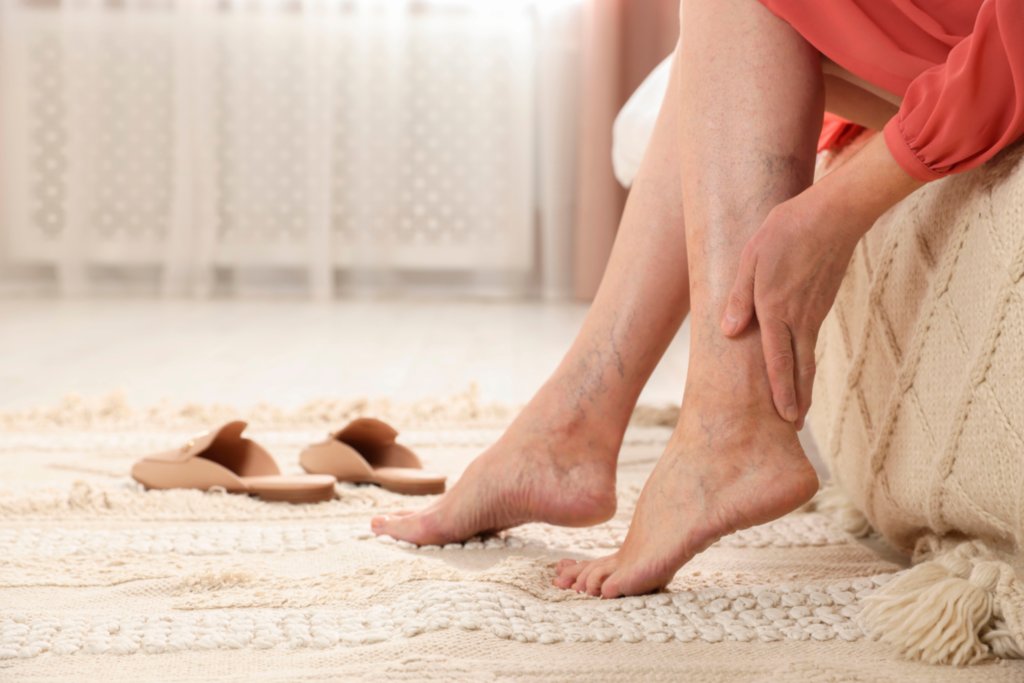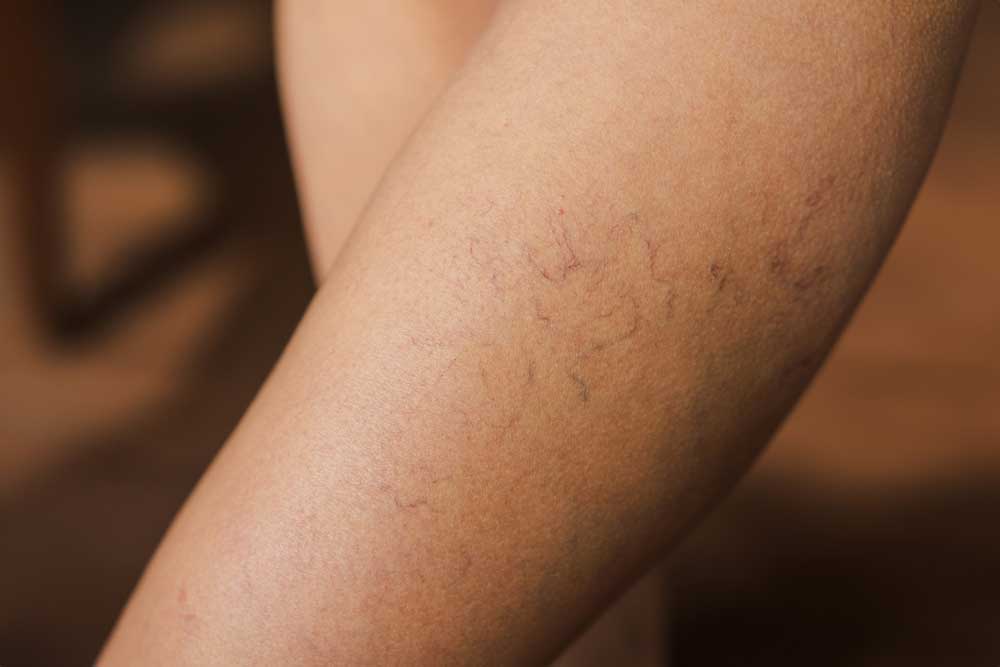Whether you have noticed varicose or spider veins yourself or your physician points them out to you, it is not always clear who should be seen by a vein specialist. This blog will help you know when it is time to make an appointment. Should you wait until you have symptoms or is OK to go when your veins are only a cosmetic concern?
The truth is that you should see a vein specialist if you have concerns about your veins, legs, or circulation, whether they are medical or merely aesthetic. After all, it is better to get checked out for peace of mind, and remember early diagnosis and intervention can prevent worsening of your vein condition.
How Do I Know When To See A Vein Specialist?
Many of you may wait to schedule an appointment until you are experiencing clear outward symptoms. But since the signs of venous disease can be subtle this may not be the best choice. Symptoms don’t have to be severe to warrant a trip to a vein specialist.
Since some primary care providers may not be familiar with the advances in vein care it is important that you be your own advocate. You can always ask for a referral is you are concerned. In fact your physician may refer you to a vein specialists despite having no symptoms at all. Factors to consider are your family history, medical background, high-risk lifestyles, or medications that increase the likelihood of developing complications of venous disease.
Do You Have Symptoms Of Vein Disease?
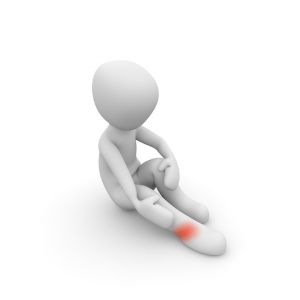 Often the first symptom of venous disease are visual: a telltale network of spider veins or bulging varicose veins just below the surface of the skin on the legs. Since varicose veins tend to get worse without treatment, additional symptoms may follow. These symptoms include legs cramps especially at night, swelling, pain, heaviness, burning, itching, or fatigue in your legs. You may also notice frequent sores or rashes. Even restless leg syndrome, can be a sign of underlying venous disease.
Often the first symptom of venous disease are visual: a telltale network of spider veins or bulging varicose veins just below the surface of the skin on the legs. Since varicose veins tend to get worse without treatment, additional symptoms may follow. These symptoms include legs cramps especially at night, swelling, pain, heaviness, burning, itching, or fatigue in your legs. You may also notice frequent sores or rashes. Even restless leg syndrome, can be a sign of underlying venous disease.
Untreated venous disease and it’s symptoms are progressive. It can lead to complications including swelling, skin changes like rashes, discoloration and ulcers in the ankle area. Superficial veins can bleed and varicose veins can develop a blood clot or superficial vein thrombosis (SVT).
If you have a SVT you may notice a tender lump in your leg where there used to be a bulging varicose vein, which is due to inflammation of the thrombosed vein. The problem is that the tenderness or swelling could also be a sign of deep vein thrombosis, a true medical emergency. If you notice a lump, or if your leg suddenly becomes swollen and painful, seek medical attention right away.


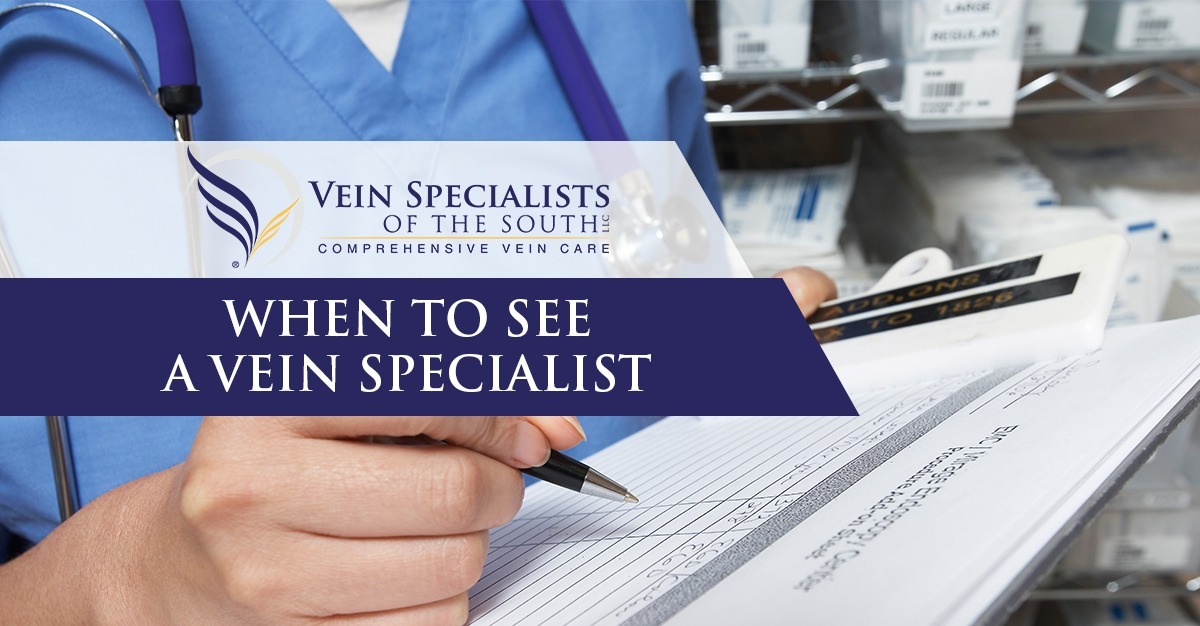
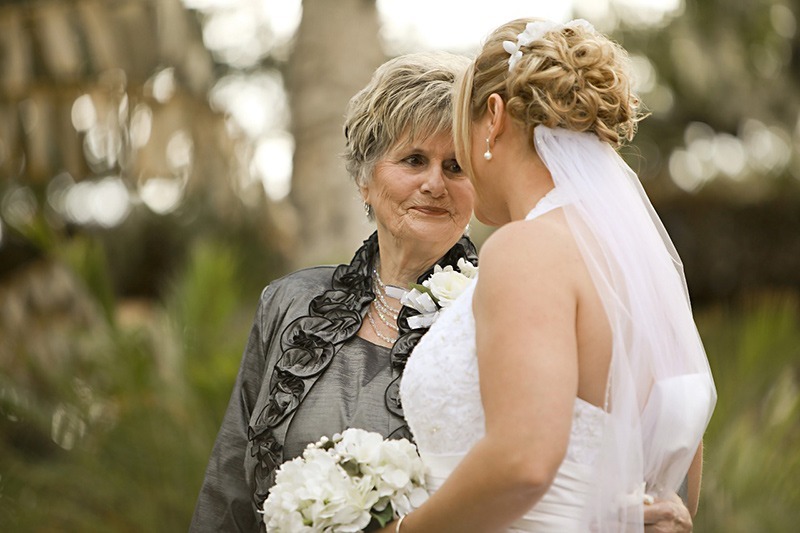
 Even if you don’t have symptoms of vein disease, knowing your risk factors can help you know when to seek help. An evaluation by a vein specialist is simple and can help you detect venous issues before symptoms and complications emerge.
Even if you don’t have symptoms of vein disease, knowing your risk factors can help you know when to seek help. An evaluation by a vein specialist is simple and can help you detect venous issues before symptoms and complications emerge.



